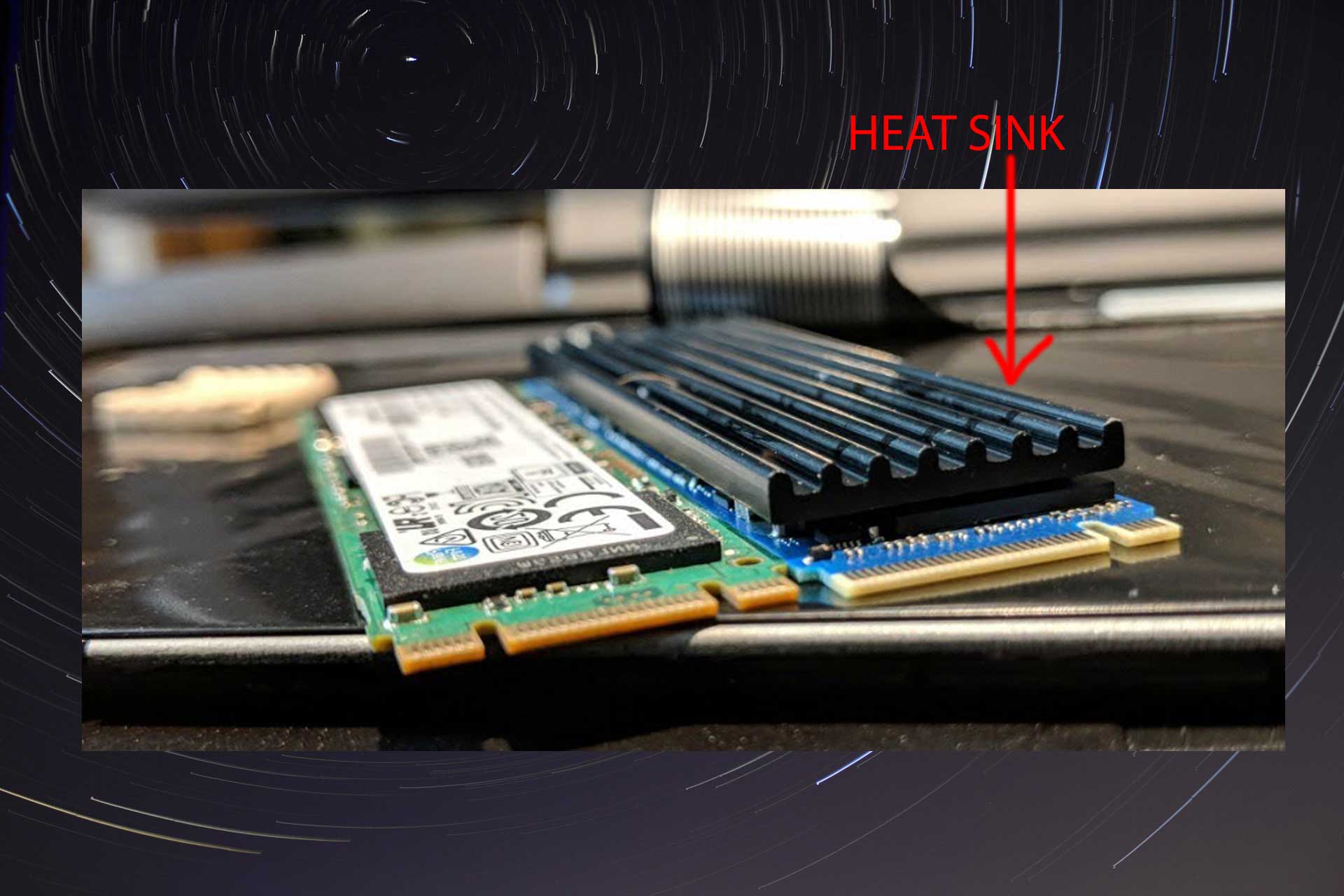Why You Need an NVMe Heatsink - A Guide to Keeping your High-Performance SSD Cool
How NVMe SSDs Generate Excessive Heat from High-Speed Data Transfers
SSDs utilize flash memory cells which are sensitive to temperatures exceeding 40-50°C. High-performance NVMe SSDs such as the Samsung 970 PRO are engineered to operate at up to 70°C but can easily surpass this threshold under heavy workloads involving read/write-intensive applications. The main source of excess heat production within NVMe solid state drives stems from the onboard controller that is tasked with managing tremendous data transfer speeds of up to 3,500 MB/s sequentially. As this controller works vigorously to shuttle data at lightning quick velocities between the NAND flash memory and the computer, a significant amount of thermal energy is inevitably generated as a byproduct.

The Detrimental Impacts of Overheating on SSD Performance and Lifespan
When an NVMe SSD exceeds its optimal thermal operating range, it can experience thermal throttling where the controller is forced to lower transmission speeds to reduce heating. This throttling degrades performance significantly from the SSD’s advertised maximum throughput. Prolonged high temperatures also accelerate wear of the flash memory cells, shortening the drive’s useful service lifespan. Additionally, abnormally high internal temperatures raise the risk of data corruption or loss from heat-induced damage or faults. To ensure NVMe SSDs can sustain rated performance levels and reliability over several years of typical usage, effective heat dissipation is paramount.
How NVMe Heatsinks Prevent Thermal Throttling and Extend Component Lifespan
An NVMe heatsink is a simple yet effective thermal solution that draws excess heat away from the solid state drive’s controller and flash package. By passively conducting heat out of the SSD and into the surrounding cooler environment, an heatsink maintains the internal temperature within manufacturer specifications to avoid triggering thermal throttling. This allows the SSD to sustain its maximum rated speeds without thermal constraints. Additionally, keeping the flash memory operating at cooler temperatures than without a heatsink equates to less thermal cycling that degrades cells over time. As a result, an heatsink can potentially extends the NVMe SSD’s usable lifespan versus operating without cooling.
Choosing the Right Heatsink Type based on your Thermal Demands and System Design
There are three main types of NVMe heatsinks to consider - passive, active, and combo variants. Passive heatsinks rely solely on air cooling fins and thermal conduction to pull heat away, working best when paired with ample internal case ventilation. Active heatsinks integrate a miniature fan to actively blow hot air away from the SSD. While more effective at heat dissipation, active models come with additional power and noise considerations. Combo heatsinks attempt to balance passive air cooling capacity with an included fan for boosted thermal transfer, suiting average cooling demands at lower costs than fully active solutions. Other factors like form factor/size compatibility, aesthetics preference, and thermal material also influence the best choice.
Proper Installation is Crucial for Maximum Heatsink Cooling Performance
Correct mounting of an NVMe heatsink directly onto the drive is necessary to achieve its full thermal benefits. Most models require first applying thermal interface material like pads or paste between the SSD controller/chip and heatsink base. This fills air gaps for optimal heat conduction. After peeling protective covering and securing the heatsink snugly according to instructions, ensuring unimpeded air flow around the installed heatsink maximizes passive heat transfer. Improper contact pressure or airflow blockage could compromise cooling effectiveness.
SSD Cooling Recommendations for Gaming Consoles and Desktop PCs
The PlayStation 5 demands extreme SSD performance but its internal layout provides limited passive ventilation over drives. An NVMe heatsink is virtually mandatory when using next-gen expansion storage inside the PS5 to prevent overheating issues. Meanwhile, most gaming desktop PC cases feature greater cooling capacity through multiple intake/exhaust fans. But even within well-ventilated cases, an NVMe heatsink still benefits high-end SSDs experiencing very heavy simultaneous read/write operations from gaming, content creation workloads, and more. Proper cooling extends component longevity for both console and computer SSD upgrades.